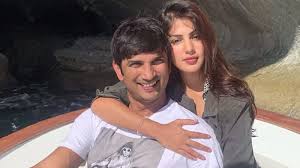Virat Kohli and Anushka Sharma first Indians to be followed by the global Instagram handle
Virat Kohli and Anushka Sharma never cease to impress us with their personal identities and also with what they have achieved as a couple. Recently, the duo became the first Indians to appear on Instagram’s popular Take a Break series and it has come to light that the biggest social media platform in the world is also following them. The global Instagram handle only follows 67 icons of the world and Virat and Anushka have now joined the list – they are the only Indians across the globe who are being followed by the tech giant owned by Mark Zuckerberg.

The couple joined global icons like Selena Gomez, Miley Cyrus and Naomi Campbell. The series gives an insight into the lives of celebrities in a fun way and Anushka and Virat totally rocked their rapid-fire rounds with so much fun and a little bit of casual romance.






